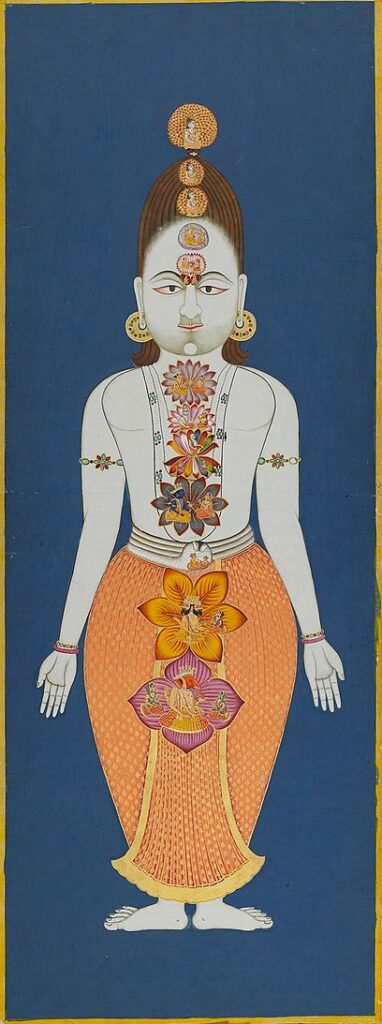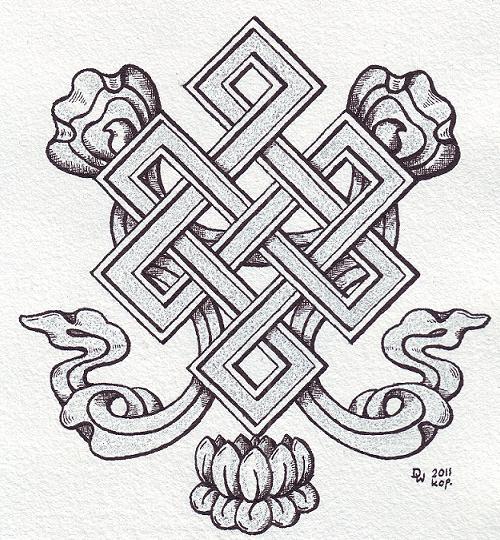web-signs-and-symbols-0062.jpg web-signs-and-symbols-0067.jpg
Subtle body psychic-energy centers in the esoteric traditions of Indian religions / From Wikipedia, the free encyclopedia
Kundalini
Tantra
Yoga
Chakras (UK: /?t??kr?z/, US: /?t???kr?z/ CHUK-r?z, CHAH-kr?z; Sanskrit: ????, romanized: cakra, lit.?’wheel, circle’; Pali: cakka) are various focal points used in a variety of ancient meditation practices, collectively denominated as Tantra, or the esoteric or inner traditions of Hinduism.
Sapta Chakra, an 1899 manuscript (above) illustrates the esoteric correspondence(s) between subtle energy and Tibetan psycho-physiology.
This article contains Indic text. Without proper rendering support, you may see question marks or boxes, misplaced vowels or missing conjuncts instead of Indic text.
The concept of the chakra arose in the early traditions of Hinduism. Beliefs differ between the Indian religions, with many Buddhist texts consistently mentioning five chakras, while Hindu sources reference six or seven. Early Sanskrit texts speak of them both as meditative visualizations combining flowers and mantras and as physical entities in the body. Within Kundalini yoga, the techniques of breathing exercises, visualizations, mudras, bandhas, kriyas, and mantras are focused on manipulating the flow of subtle energy through chakras.
The modern Western chakra system arose from multiple sources, starting in the 1880s, followed by Sir John Woodroffe’s 1919 book The Serpent Power, and Charles W. Leadbeater’s 1927 book The Chakras, which introduced the seven rainbow colours for the chakras. Psychological and other attributes, and a wide range of supposed correspondences with other systems such as alchemy, astrology, gemstones, homeopathy, Kabbalah and Tarot were added later.
Etymology
See also: Yantra and Mandala
Lexically, chakra is the Indic reflex of an ancestral Indo-European form *k?ék?los, whence also “wheel” and “cycle” (Ancient Greek: ??????, romanized: kýklos). It has both literal and metaphorical uses, as in the “wheel of time” or “wheel of dh
Created: Circa 19th century





